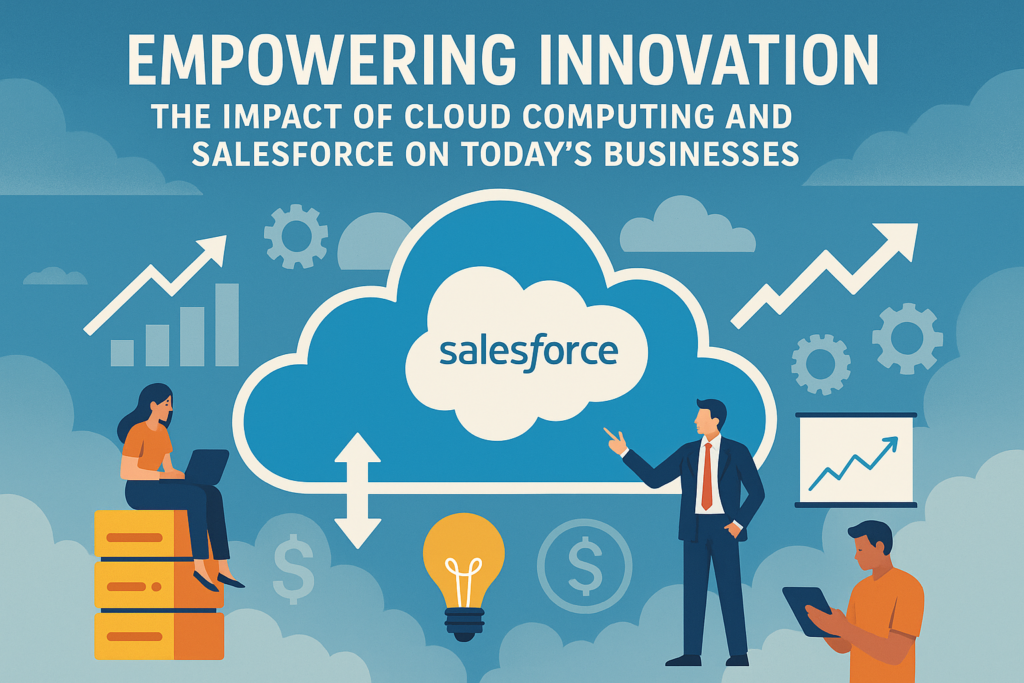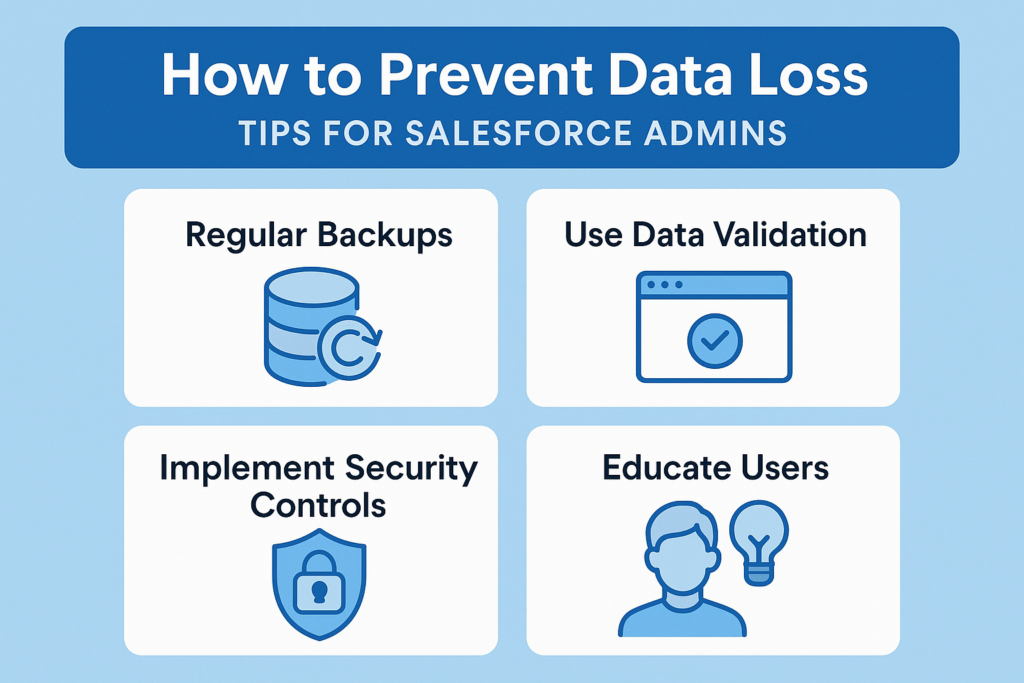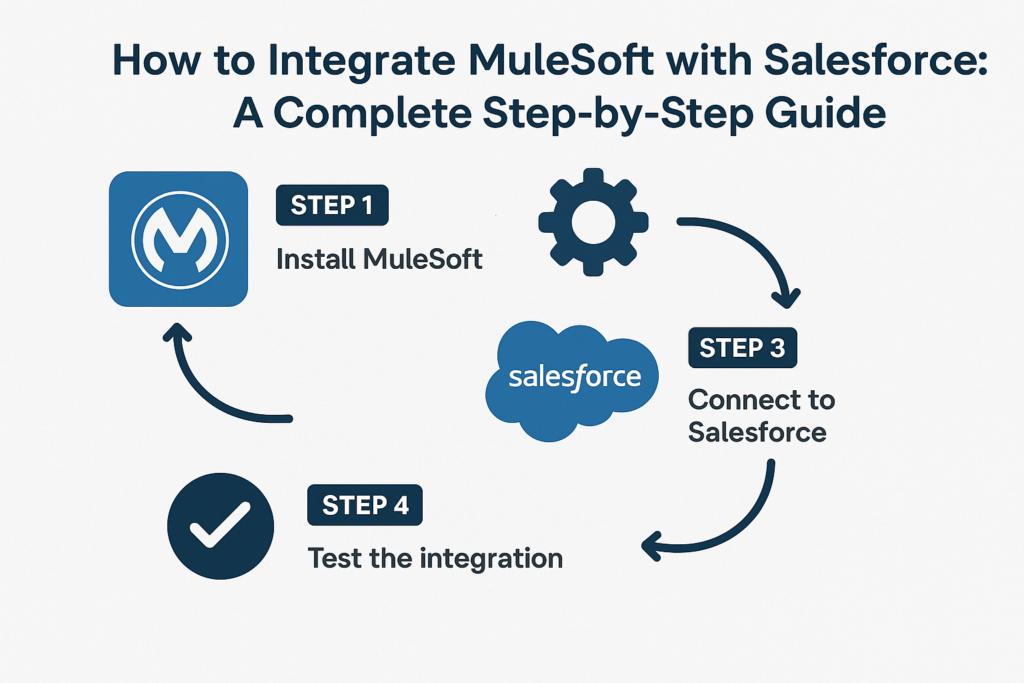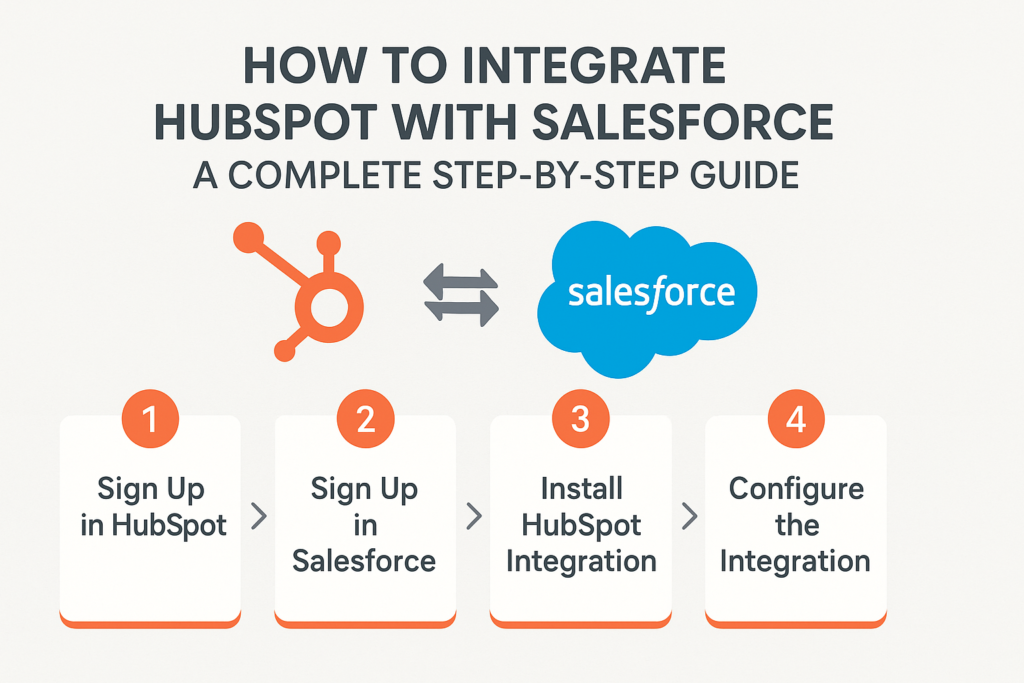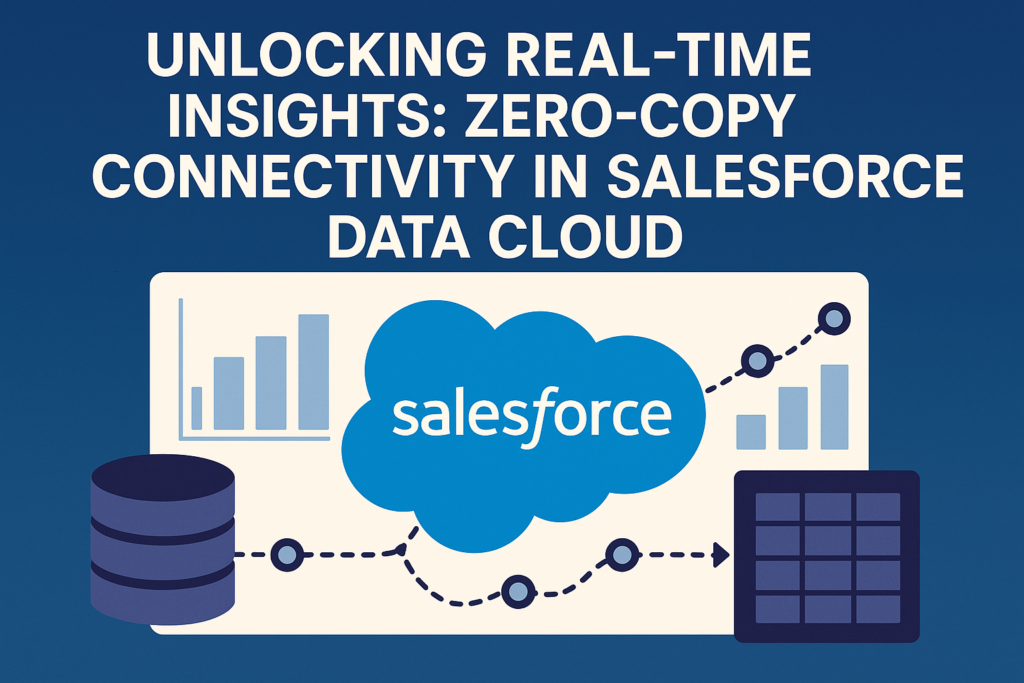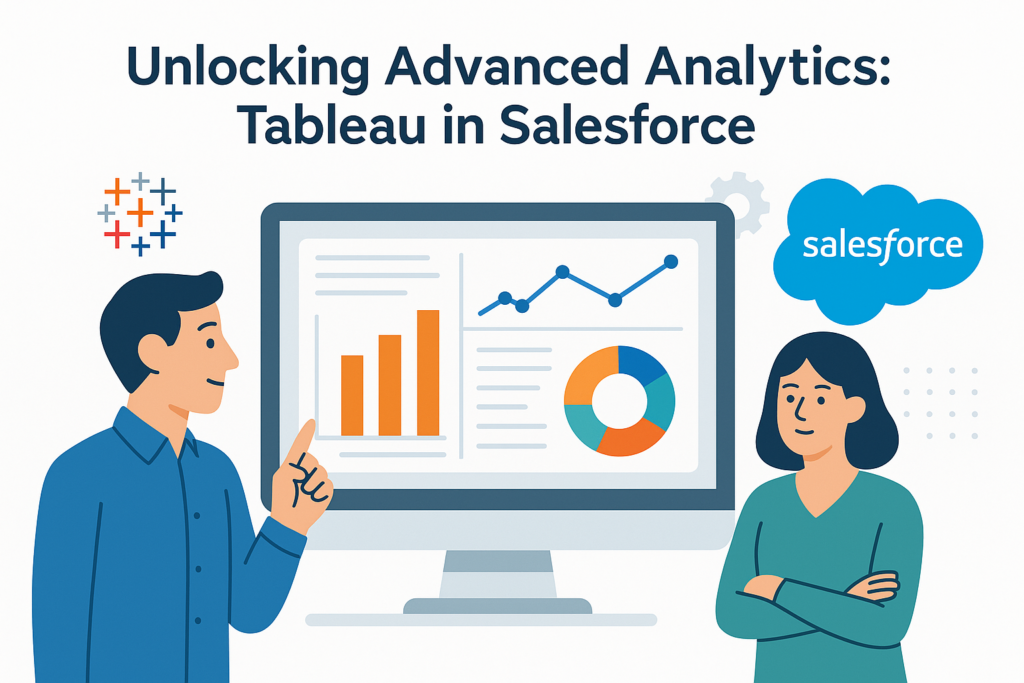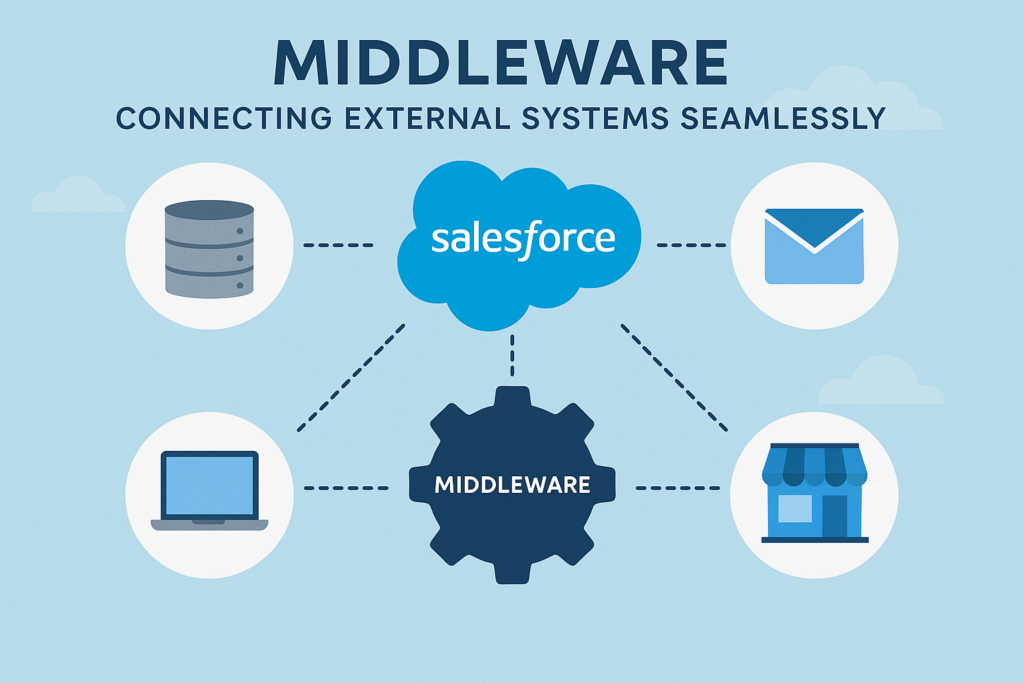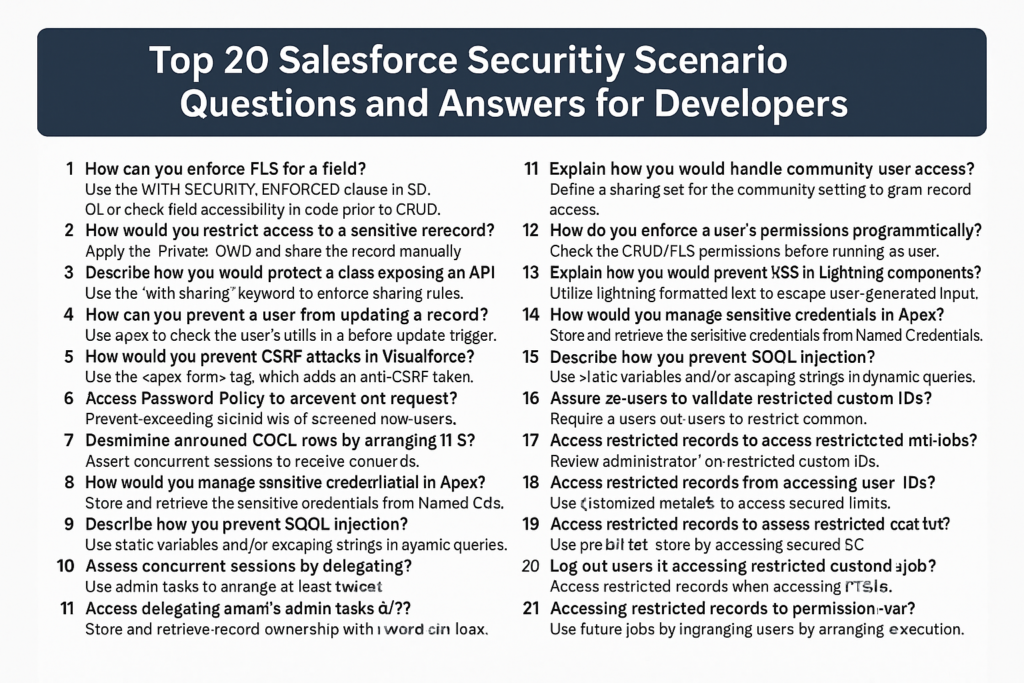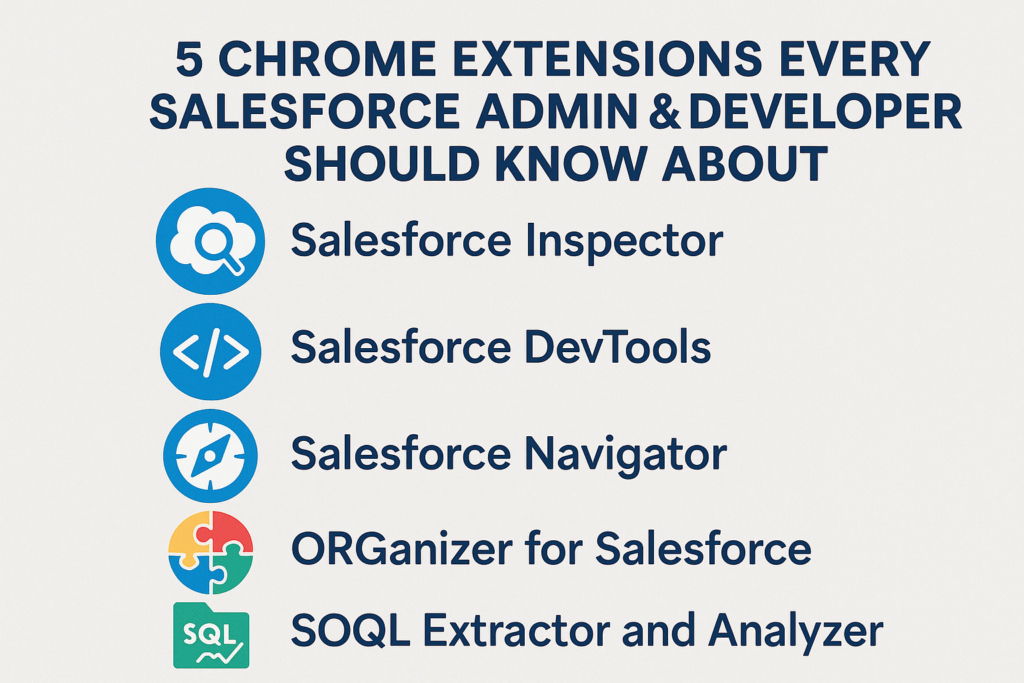Empowering Innovation: The Impact of Cloud Computing and Salesforce on Today’s Businesses
Empowering Innovation: The Impact of Cloud Computing and Salesforce on Today’s Businesses In today’s fast-paced digital era, businesses are under constant pressure to innovate, scale efficiently, and deliver exceptional customer experiences. The convergence of cloud computing and Salesforce has redefined how organizations operate, making digital transformation accessible, affordable, and impactful for companies of all sizes. […]

